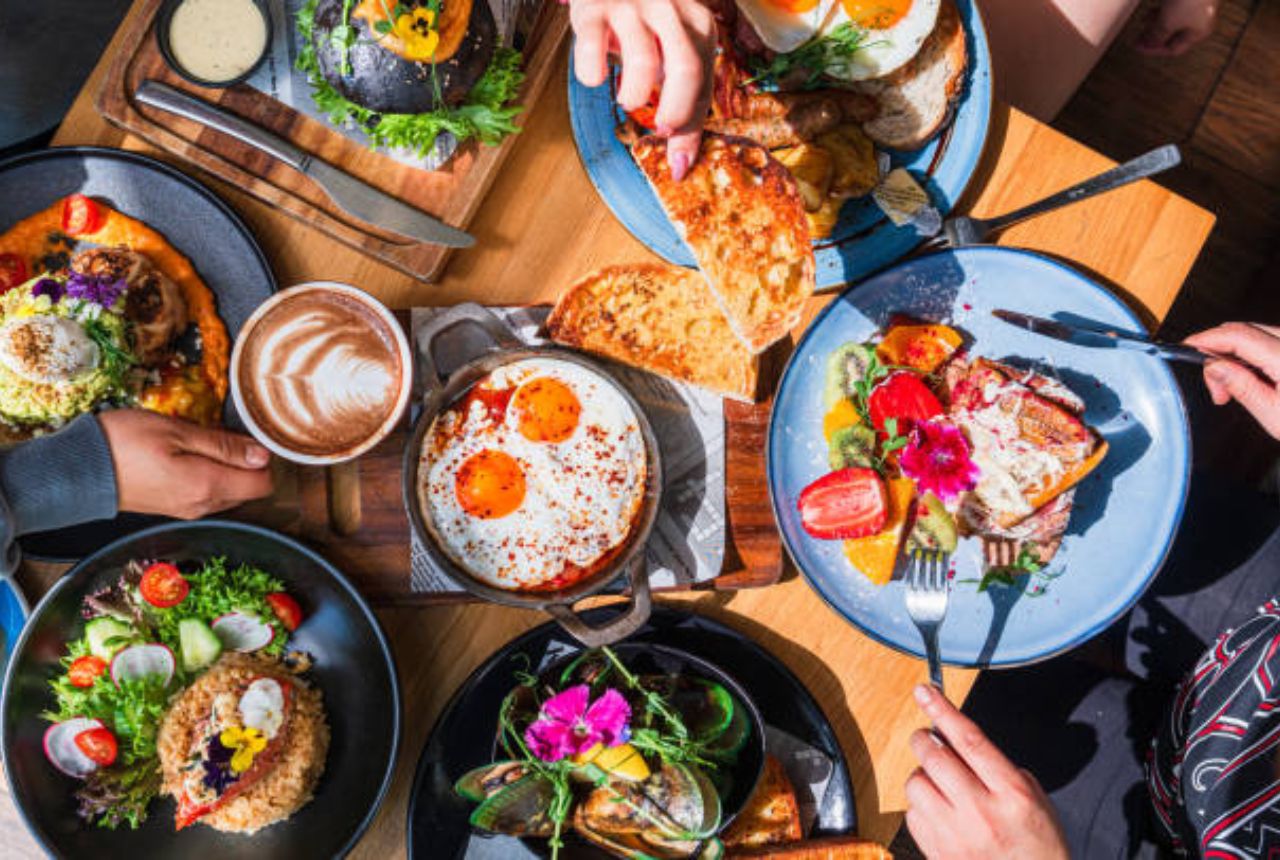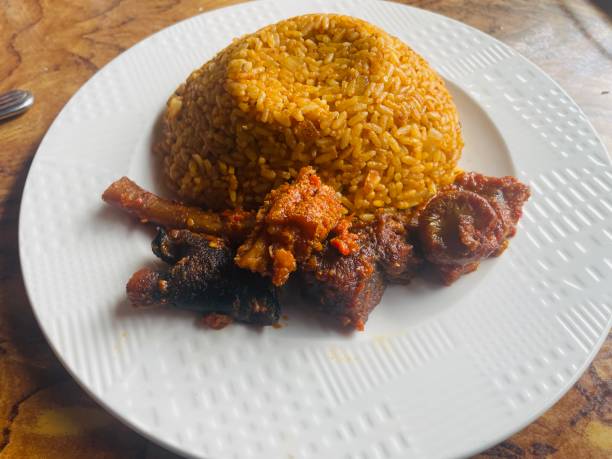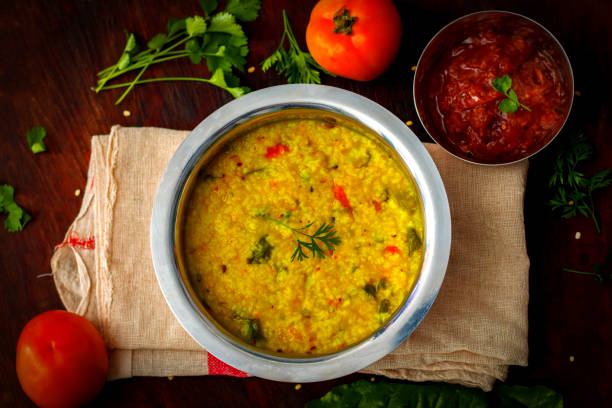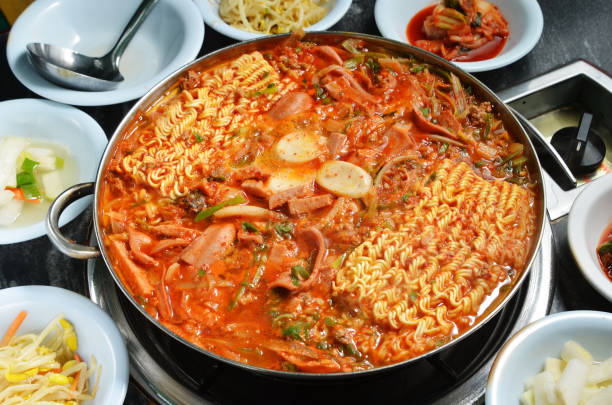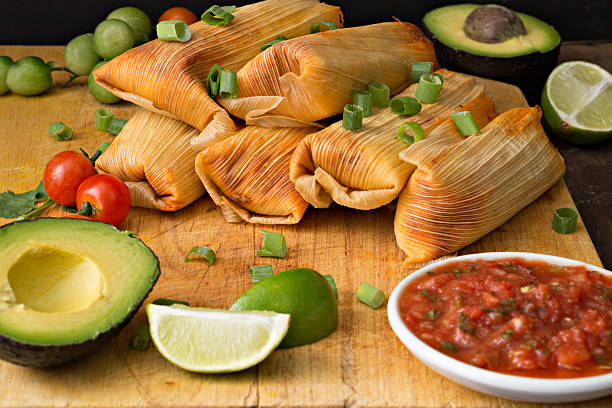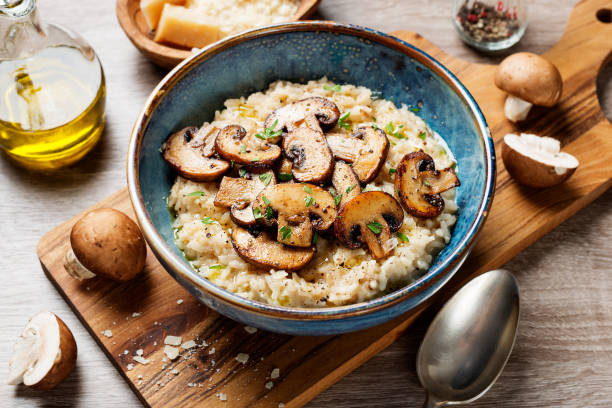We All Eat Our Feelings Sometimes
You know those days when the world feels a bit too much, your emails won’t stop pinging, and your “quick nap” turns into a three-hour existential crisis? Yeah. That’s when comfort food shows up like the unsung hero it is.
But here’s the thing—comfort food isn’t universal. What soothes my soul (hi, hot jollof rice) might confuse your taste buds. And vice versa. From creamy mac and cheese in the U.S. to spicy kimchi stew in Korea, every culture has its own edible hug. And honestly, the foods we turn to when life gets messy say a LOT about who we are.
So, let’s take a little tasty tour around the world, shall we?
What Is “Comfort Food” Anyway?
Before we start drooling, let’s clear one thing up—comfort food isn’t about Michelin stars or calorie counts. It’s about nostalgia. It’s food that makes you feel safe, seen, and slightly sleepy afterward. Like a weighted blanket, but tastier.
Comfort food is emotional. It’s tied to memories, culture, and that feeling you got when your grandma handed you a warm bowl of whatever she just made without even asking if you were hungry (because she knew you were).
United States: Mac & Cheese
Let’s kick things off with a classic: mac and cheese. You’ve got pasta. You’ve got an irresponsibly cheesy sauce. And if you’re feeling fancy, you might even toss in some breadcrumbs.
So, what does this say about Americans?
Simplicity meets indulgence. There’s something comforting about knowing exactly what you’re getting. It’s not trying to be trendy. It’s just good. And let’s be honest—there’s nothing more American than turning a childhood lunchbox staple into a gourmet side dish at Thanksgiving.
Fun fact: Some people swear by adding hot dogs. Others consider that a crime. Choose your fighter.
Japan: Miso Soup
You’d think soup made from fermented soybean paste wouldn’t exactly scream “cozy,” right? But miso soup is a big deal in Japan.
Why? Balance, routine, and warmth. Miso soup is light but nourishing. It’s served with breakfast, lunch, dinner—basically, whenever your soul needs a quiet pick-me-up.
What it says: The Japanese idea of comfort is more about harmony and subtlety. It’s not loud. It doesn’t punch you in the face with flavor. Instead, it whispers, “Take a breath. You’ve got this.”
FYI, miso soup is also sneaky healthy. Like, gut-healing and everything. Maybe that’s why everyone in Japan looks ten years younger than they actually are.
Nigeria: Jollof Rice
Ah yes, jollof rice—the dish so good it started a continent-wide debate. If you’re not Nigerian (or Ghanaian, or Senegalese), you might not know that how you cook your jollof is basically a personality test.
In Nigeria, jollof rice means celebration, community, and a solid punch of heat and spice. You don’t eat jollof rice alone in your room with sad music playing. Nope. You eat it at parties, with meat falling off the bone, and probably some loud aunties yelling over Afrobeats.
What it says: Nigerians don’t do bland. Comfort comes with drama, joy, and a bit of chaos—just like the food.
India: Khichdi
Let me paint you a picture: you’re sick, tired, or just plain over it. What does an Indian household serve? Khichdi.
It’s a humble dish—rice, lentils, some mild spices. Nothing flashy. But it’s warm, soft, and easy on the belly. Think of it as India’s version of chicken soup, minus the chicken, plus turmeric (because, obviously, it’s India).
What it says: Indians associate comfort with nurture. It’s less about indulgence and more about restoring balance. Also, let’s be honest: after a week of eating spicy street food, your stomach needs a timeout.
France: Croque Monsieur
In typical French fashion, their version of comfort food is… well, a ham and cheese sandwich. But of course, it has to be baked, smothered in creamy béchamel sauce, and topped with more cheese before it’s broiled to perfection. Because France doesn’t do basic.
What it says: The French find comfort in indulgent elegance. Even when they’re feeling down, they want their food to be aesthetic, rich, and preferably served with wine.
And hey, if your comfort food has a name as fancy as Croque Monsieur, you’re definitely not crying into a bowl of instant noodles.
Korea: Kimchi Jjigae
Ever tried kimchi jjigae? It’s a spicy stew made with kimchi, tofu, and sometimes pork or tuna. It’s bold, warming, and exactly what you need on a rainy day—or, let’s be real, after a bad breakup.
What it says: Koreans crave intensity. Comfort isn’t soft and subtle—it’s loud, bold, and unapologetic. You’re gonna sweat, you’re gonna sniffle, and by the end, you’ll feel alive.
IMO, kimchi jjigae is the edible equivalent of texting your ex, regretting it, and then deciding you’re too awesome for their nonsense.
Mexico: Tamales
Tamales aren’t just food—they’re an event. It takes hours (sometimes days) to prepare them, usually with family. They’re warm, hearty, and come wrapped like a present. And inside? Spiced meat, cheese, or beans—take your pick.
What it says: Mexican comfort is rooted in tradition and connection. Making tamales is about togetherness. Eating them is like getting a warm hug from your entire extended family.
Also, pro tip: if someone gives you homemade tamales, you’ve officially made it. You’re in. Welcome to the family.
Italy: Risotto
You know what’s weirdly soothing? Stirring a pot of risotto for 30 minutes straight. Add broth. Stir. Repeat. It’s almost meditative.
Risotto is creamy, dreamy, and surprisingly customizable. Mushrooms? Yes. Shrimp? Even better. But don’t you dare rush it. Italians will judge you.
What it says: Italians view food as an art form and comfort food as a craft. You invest time and love, and in return, you get something warm, rich, and deeply satisfying.
Also, carbs. Lots of glorious, buttery carbs.
Thailand: Khao Tom
Khao Tom is Thai rice soup, often made with pork, garlic, and a splash of fish sauce. It’s simple, soothing, and exactly what you want when your stomach’s doing backflips or you’re nursing a hangover.
What it says: Thais believe comfort food should be gentle and healing. It’s not about fireworks. It’s about balance, flavor, and function.
Plus, it smells amazing and takes about 20 minutes to make. We love an efficient emotional support meal.
What Global Comfort Foods Really Reveal About Us
Here’s the real kicker—comfort food isn’t just about taste. It reflects how we deal with stress, what we value, and how we define “home.”
- Americans like big, cheesy, nostalgic flavors—because comfort equals familiarity.
- Asians lean into warm broths and fermented flavors—comfort that heals.
- Africans bring the spice and the energy—comfort that celebrates.
- Europeans prefer rich, slow-cooked goodness—comfort that’s earned.
And guess what? None of them are wrong.
So… What’s Your Comfort Food?
Now that we’ve taken this mouthwatering world tour, here’s the million-dollar question: What dish brings you back to life? Is it grandma’s stew? Leftover pizza? Instant noodles with way too much chili oil? (No judgment. Okay, a little judgment.)
Whatever it is, lean into it. Comfort food isn’t supposed to impress anyone—it’s supposed to make you feel good. So go ahead, make that gooey grilled cheese or dig into that giant bowl of pho.
And maybe—just maybe—share a bite with someone else. Because if there’s one thing all these comfort foods have in common, it’s this:
They taste better when you’re not eating alone.
Final Thoughts
Food connects us. It bridges continents, generations, and emotions. Whether it’s fiery Nigerian jollof or delicate Japanese miso soup, these dishes carry stories—our stories. They remind us where we came from, and sometimes, they even remind us where we’re going.
So the next time you’re feeling off, grab your comfort food of choice and remember: you’re not alone, and someone somewhere is probably doing the exact same thing—with a spoon in one hand and a smile in the other.
Now, excuse me while I go find some jollof rice. Priorities.

